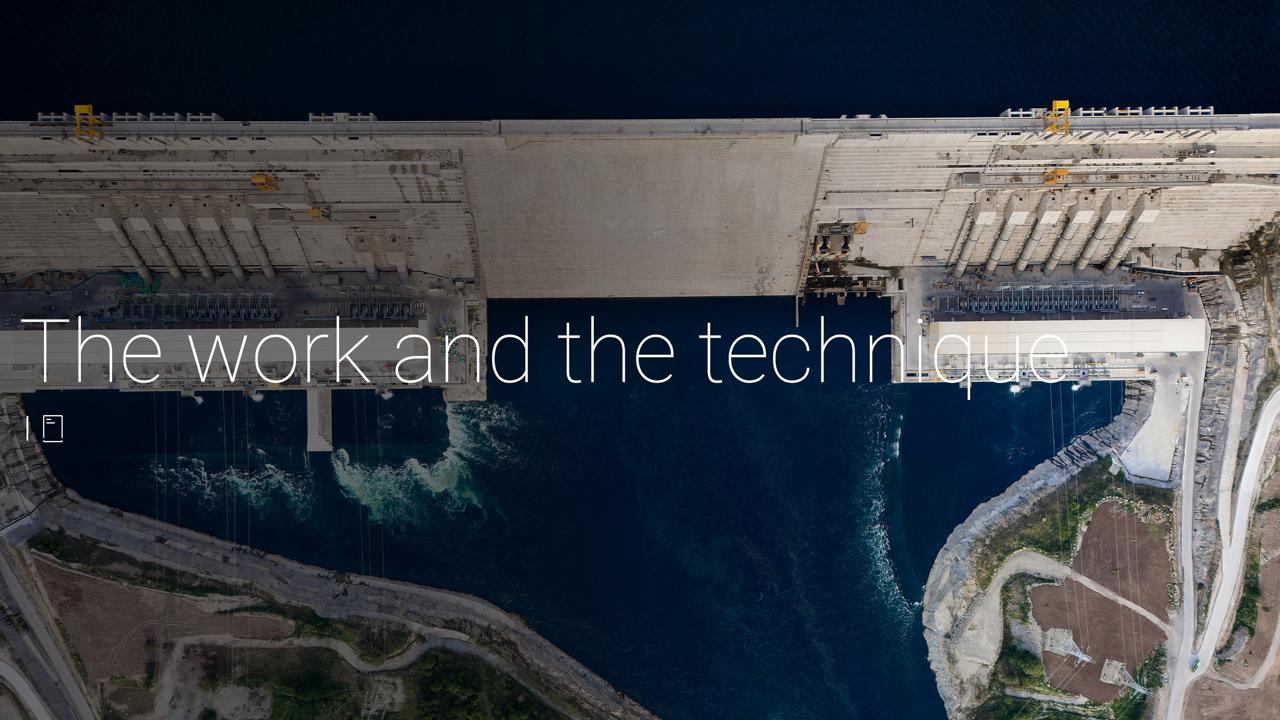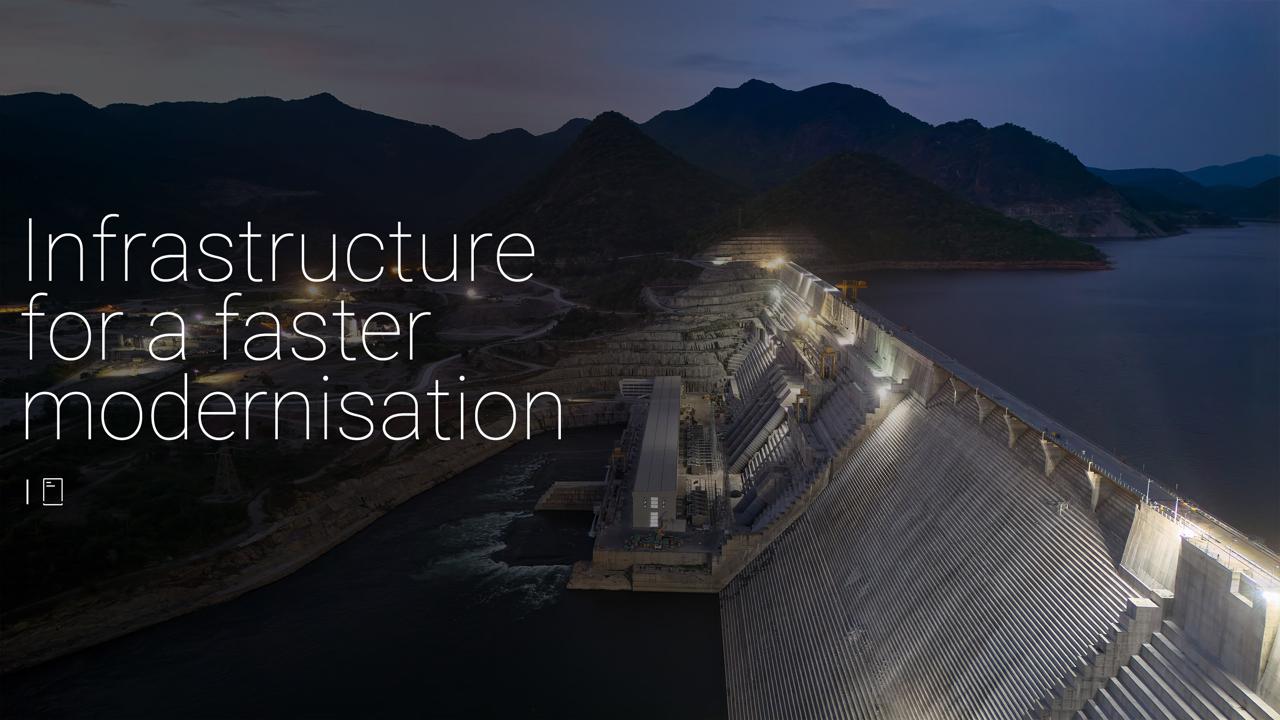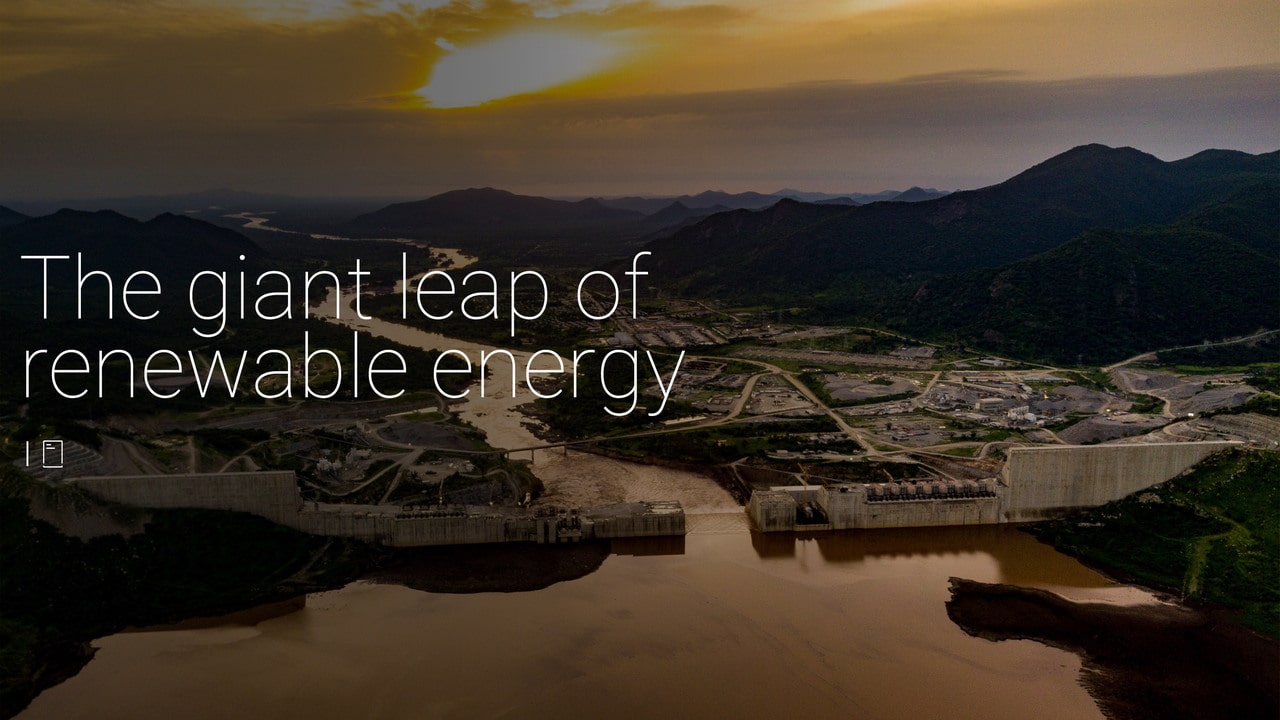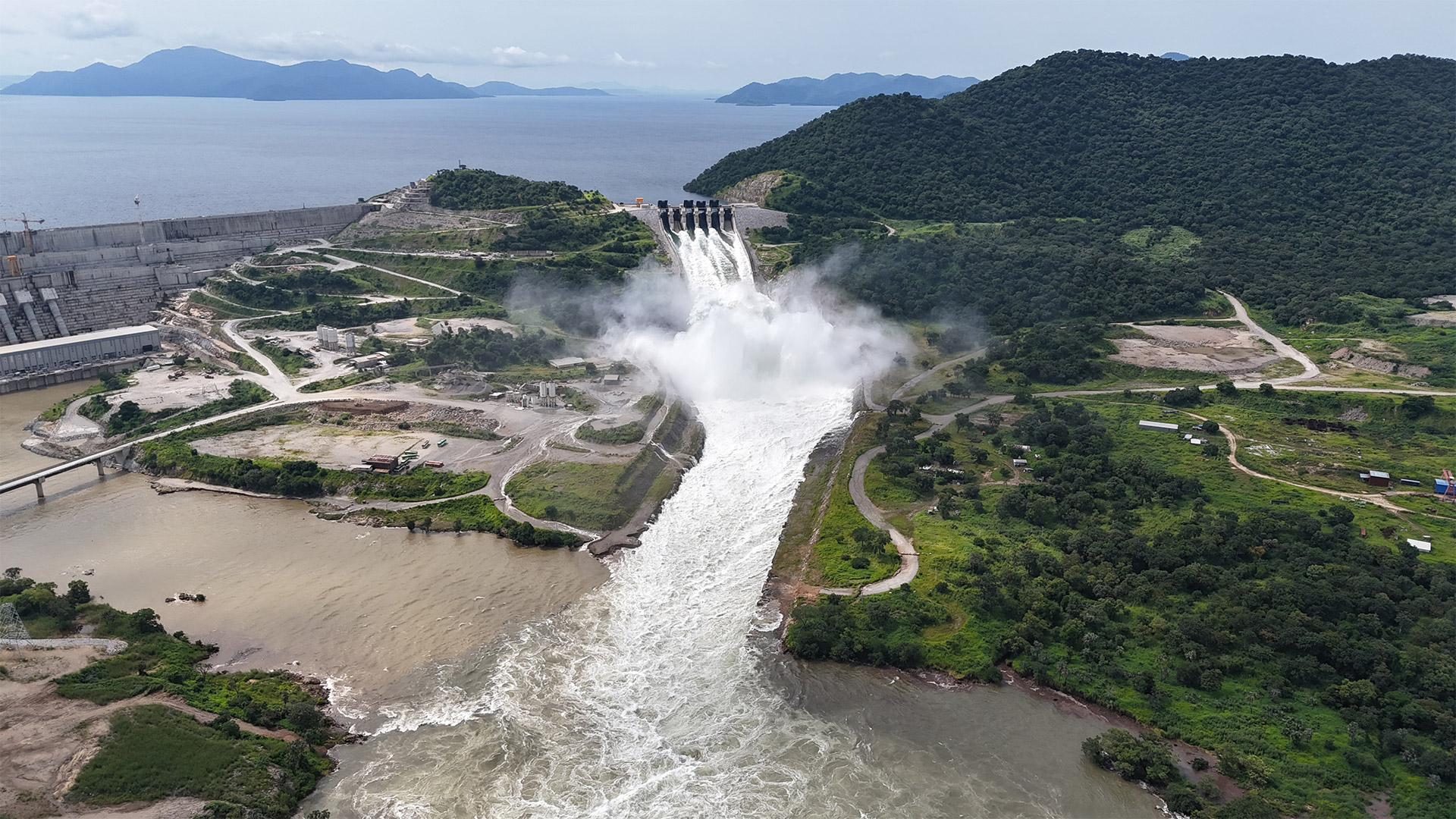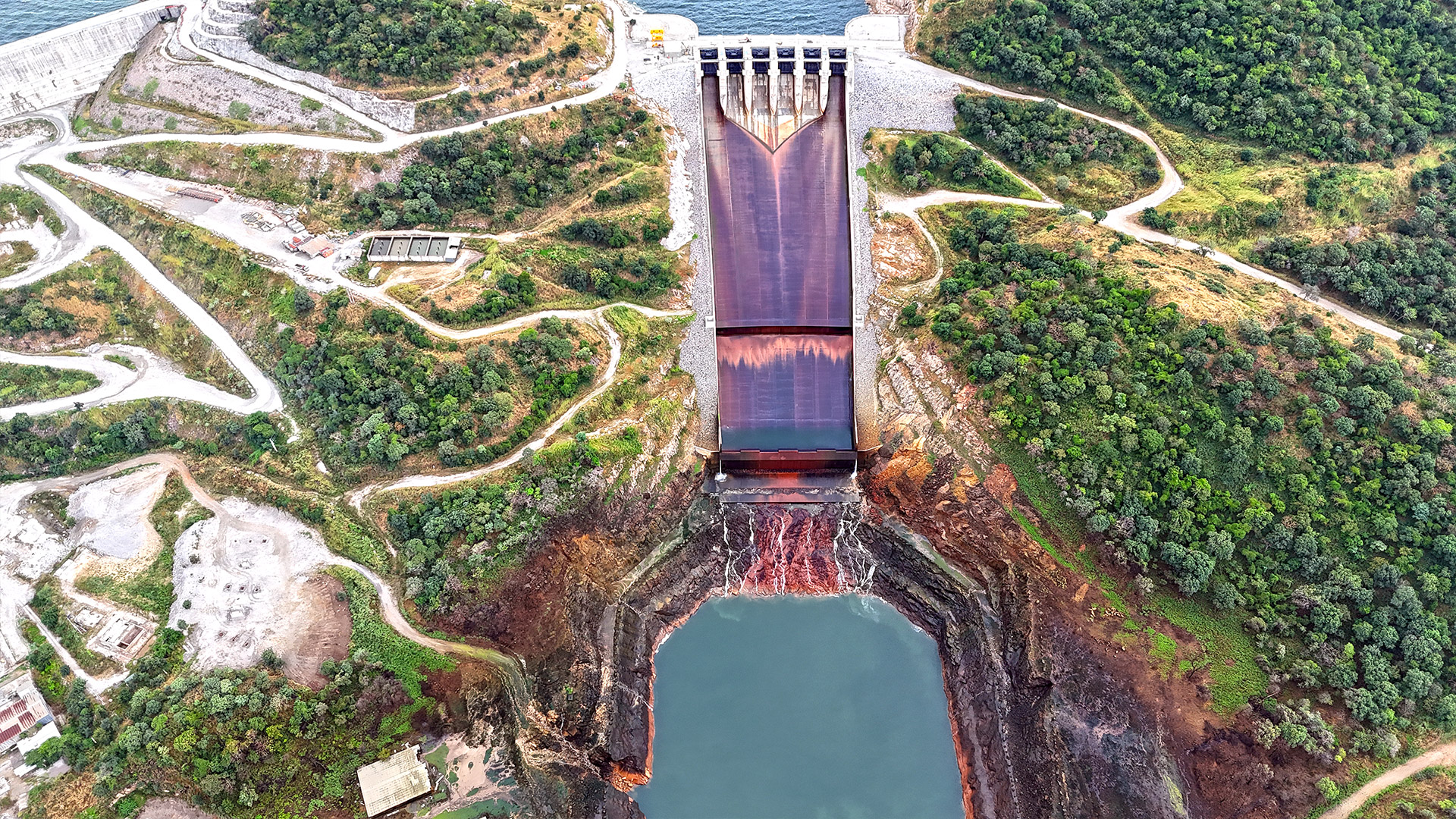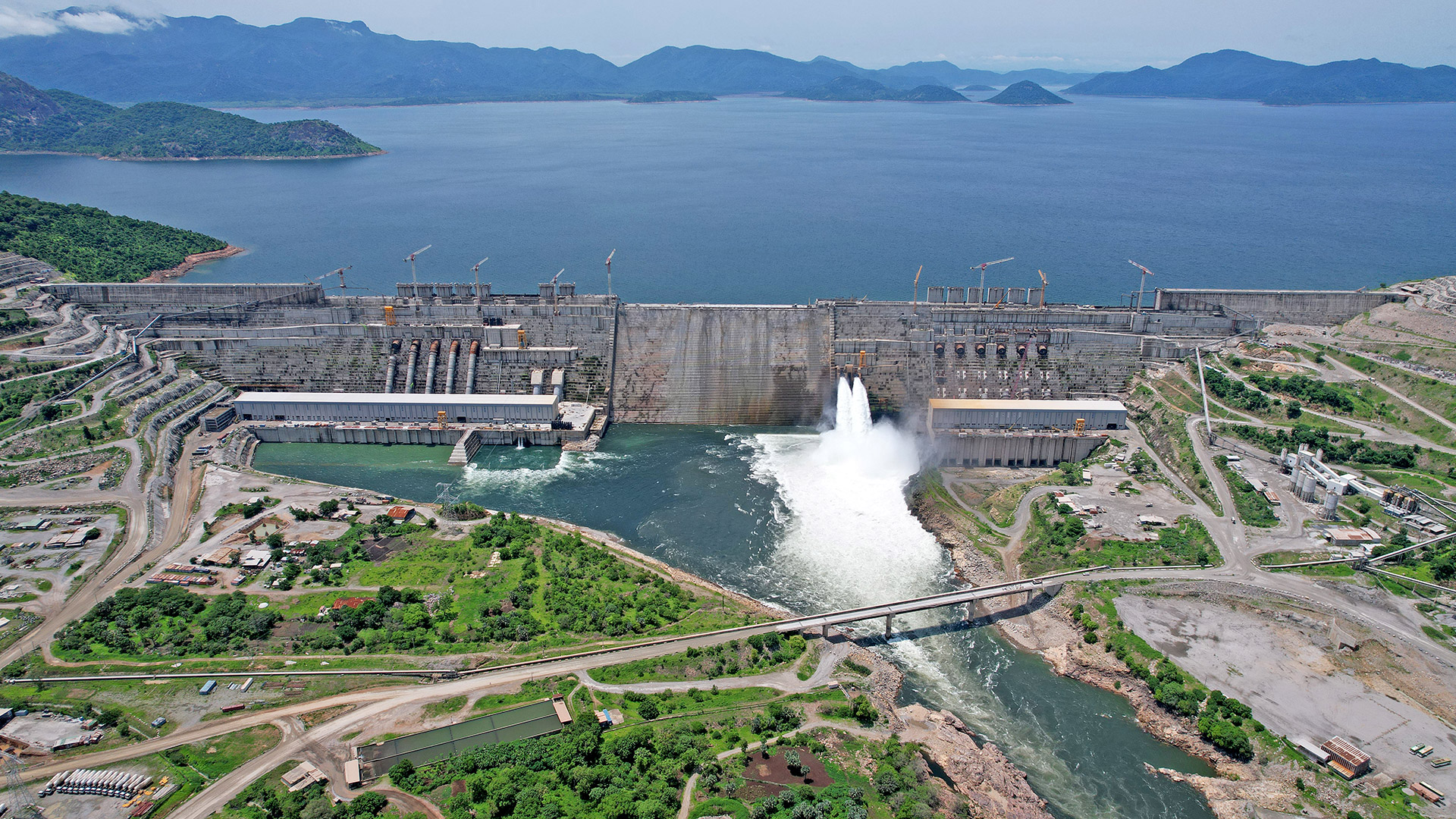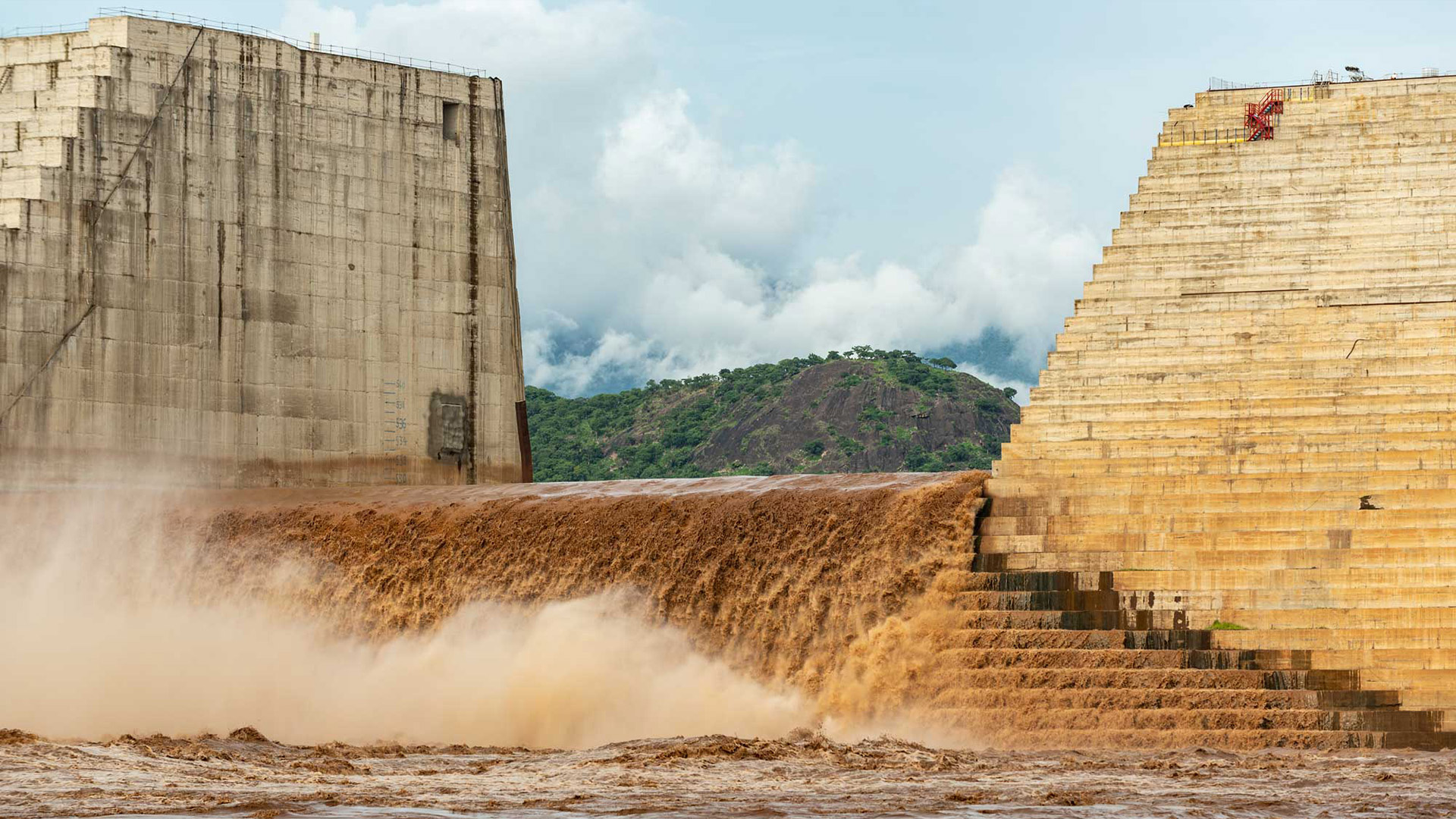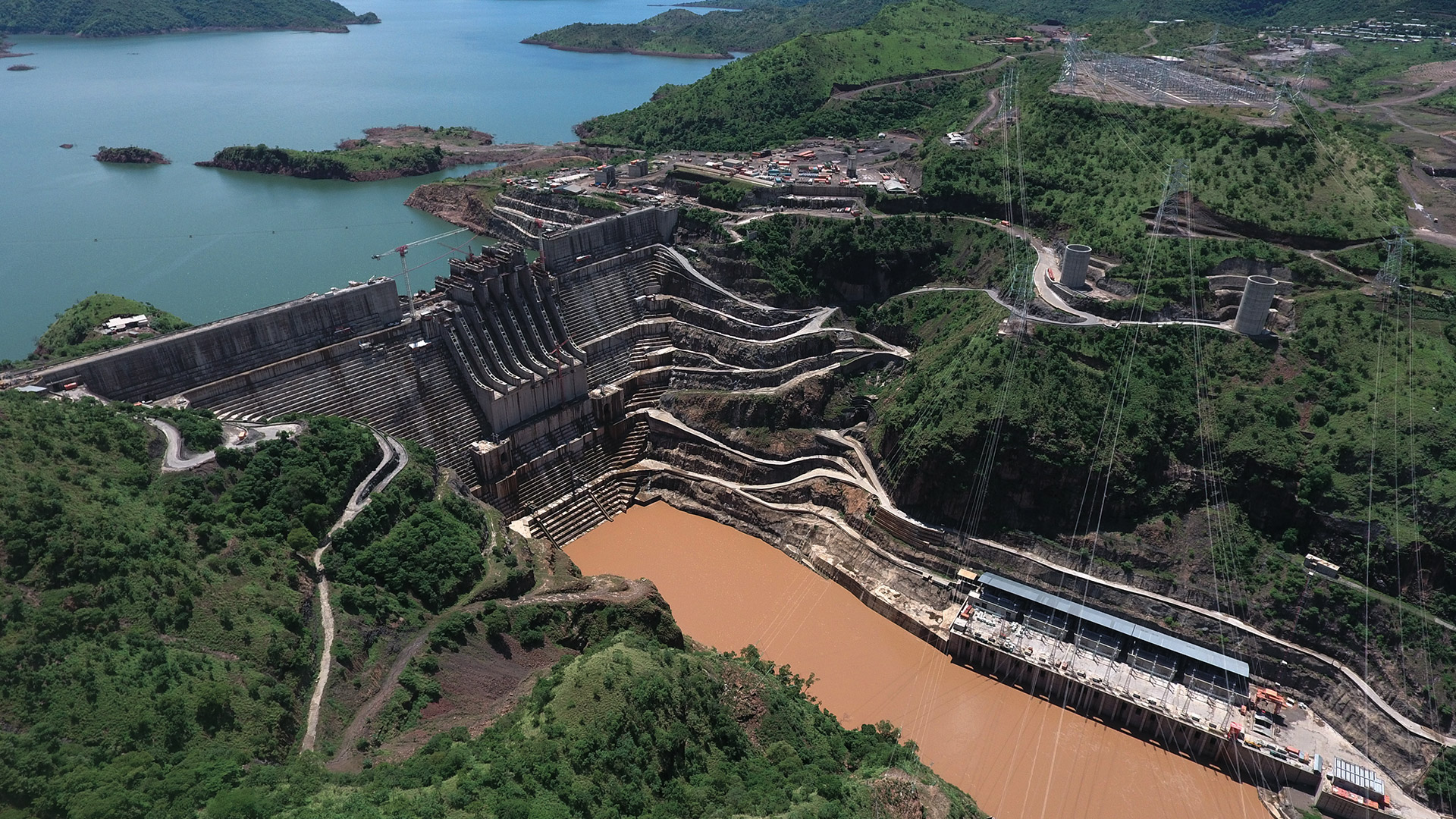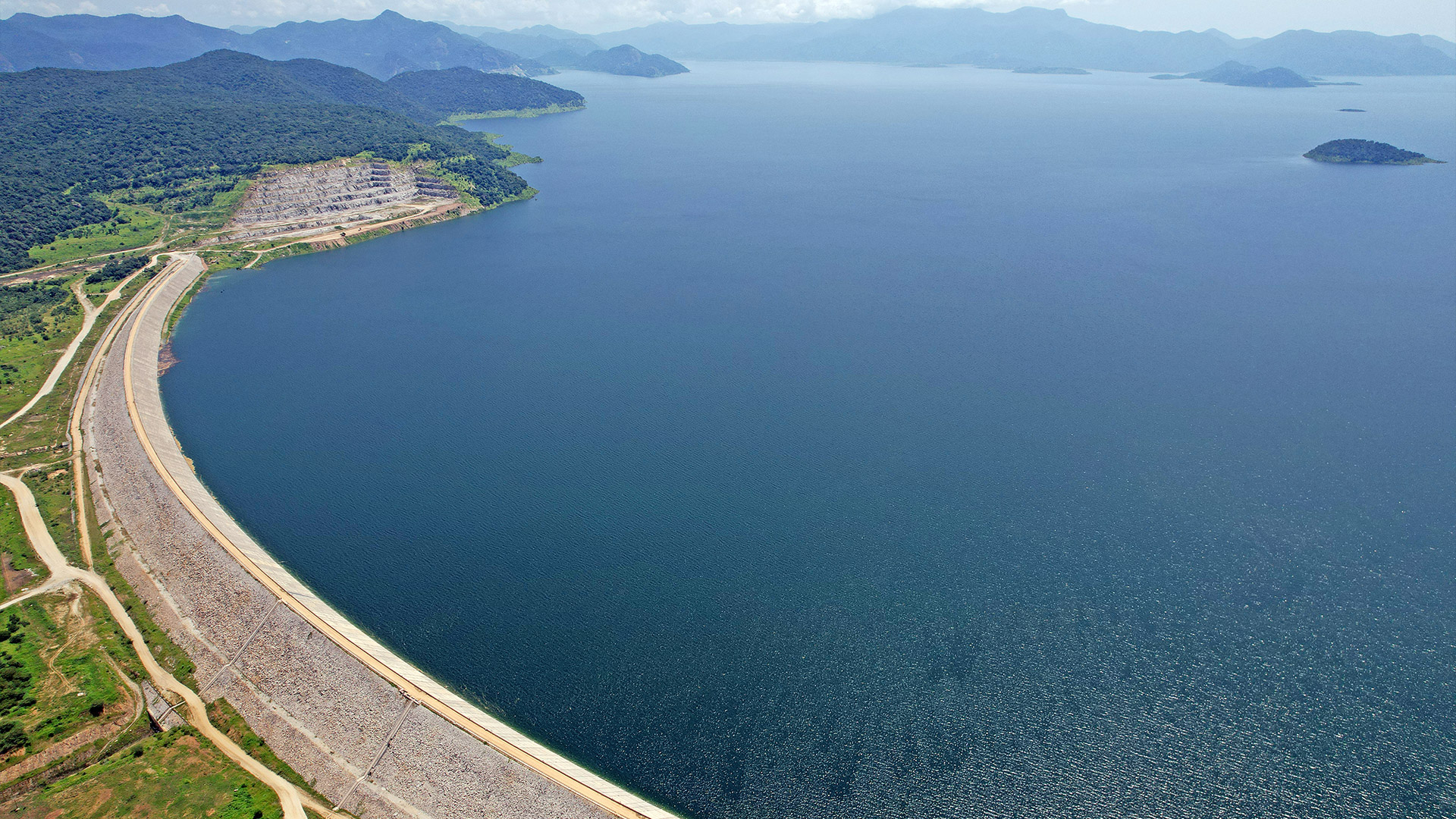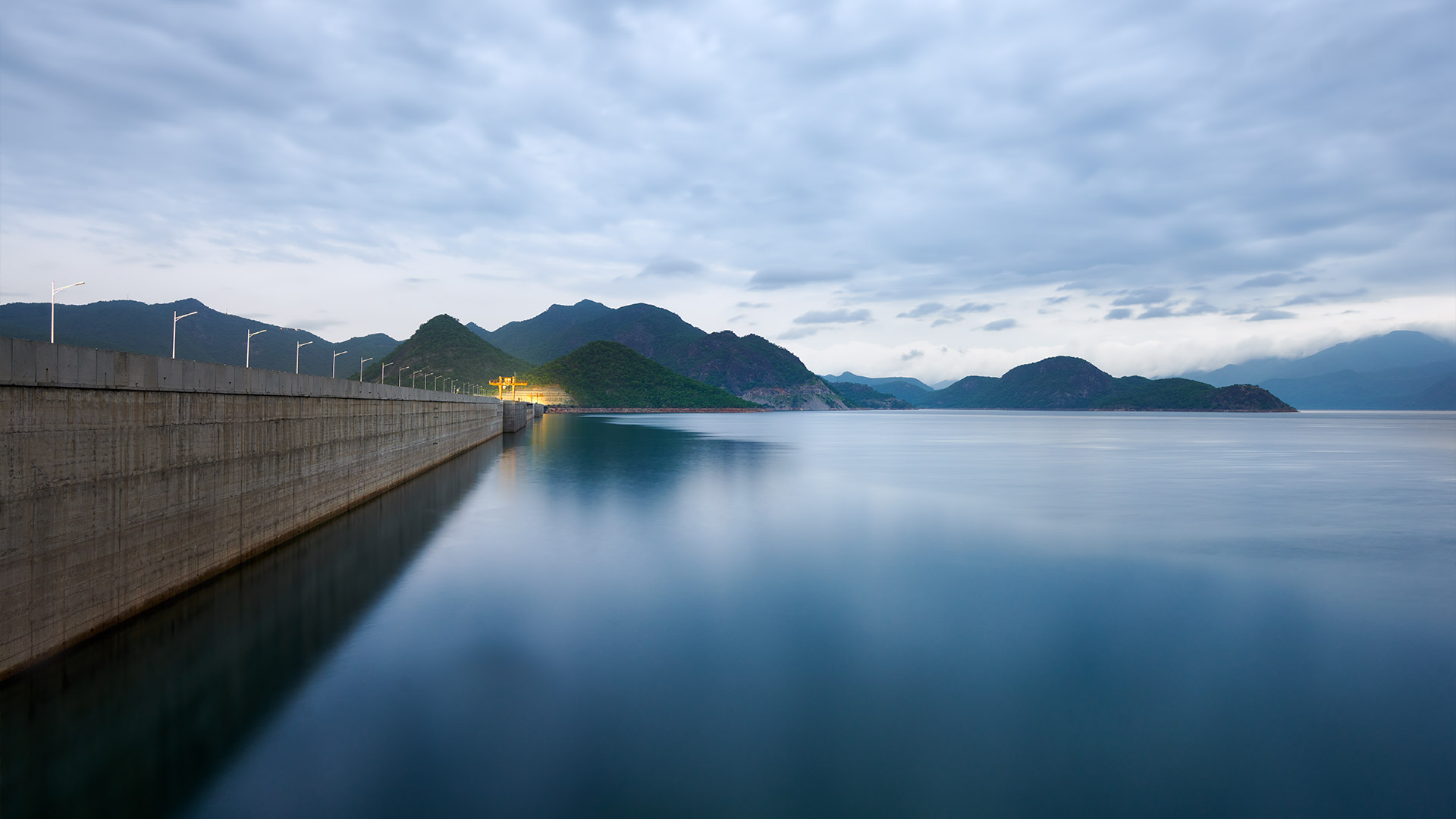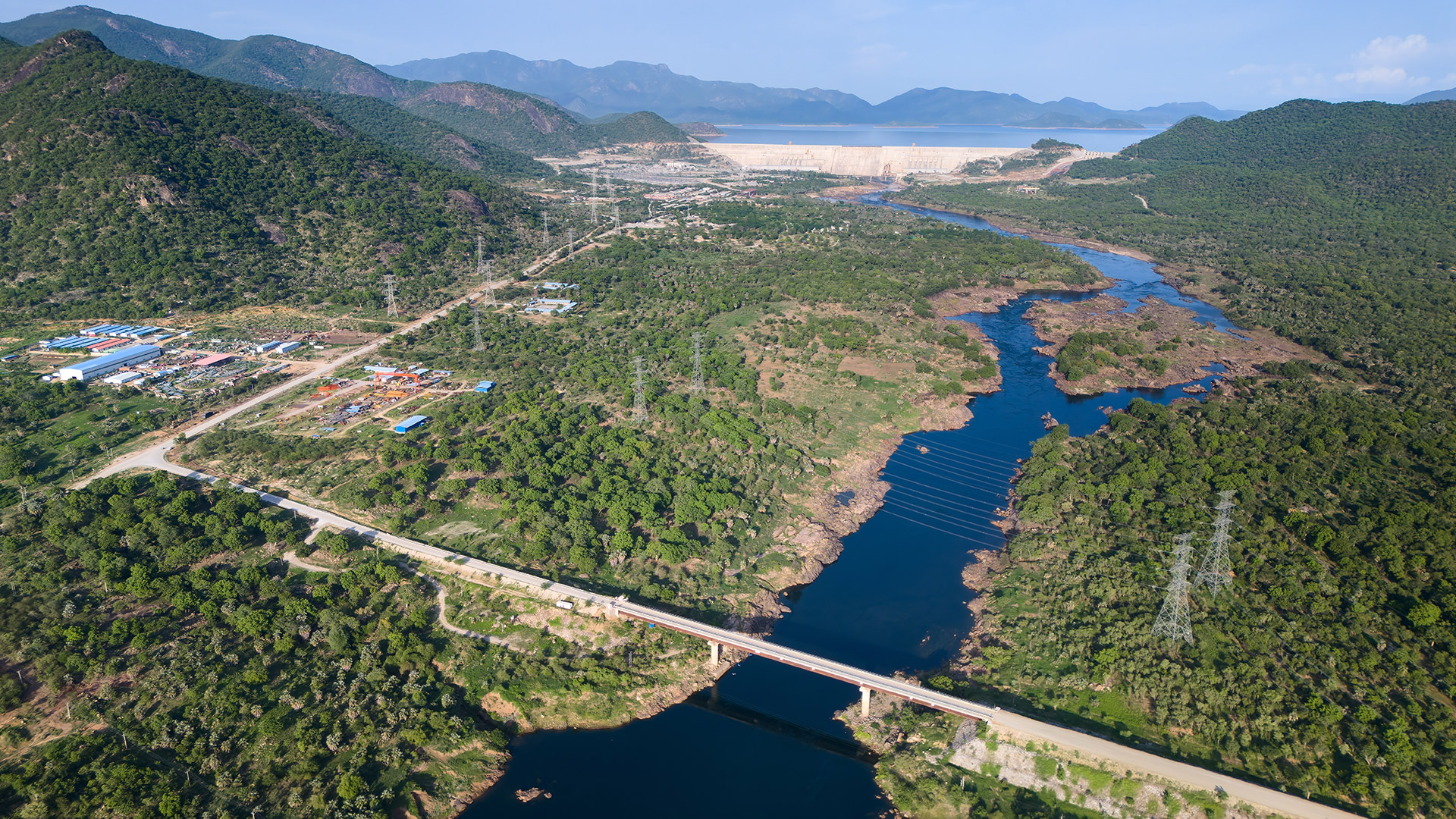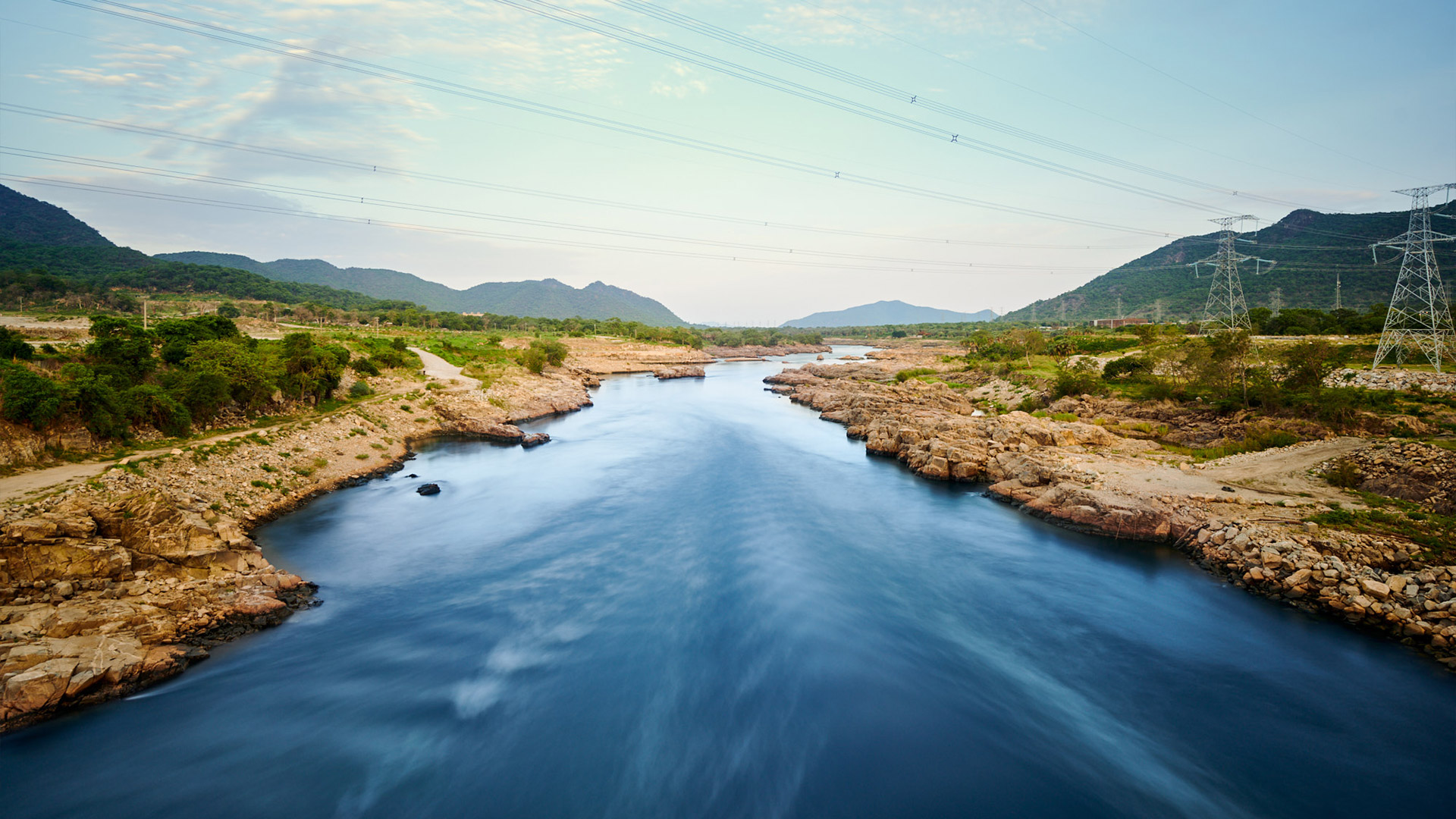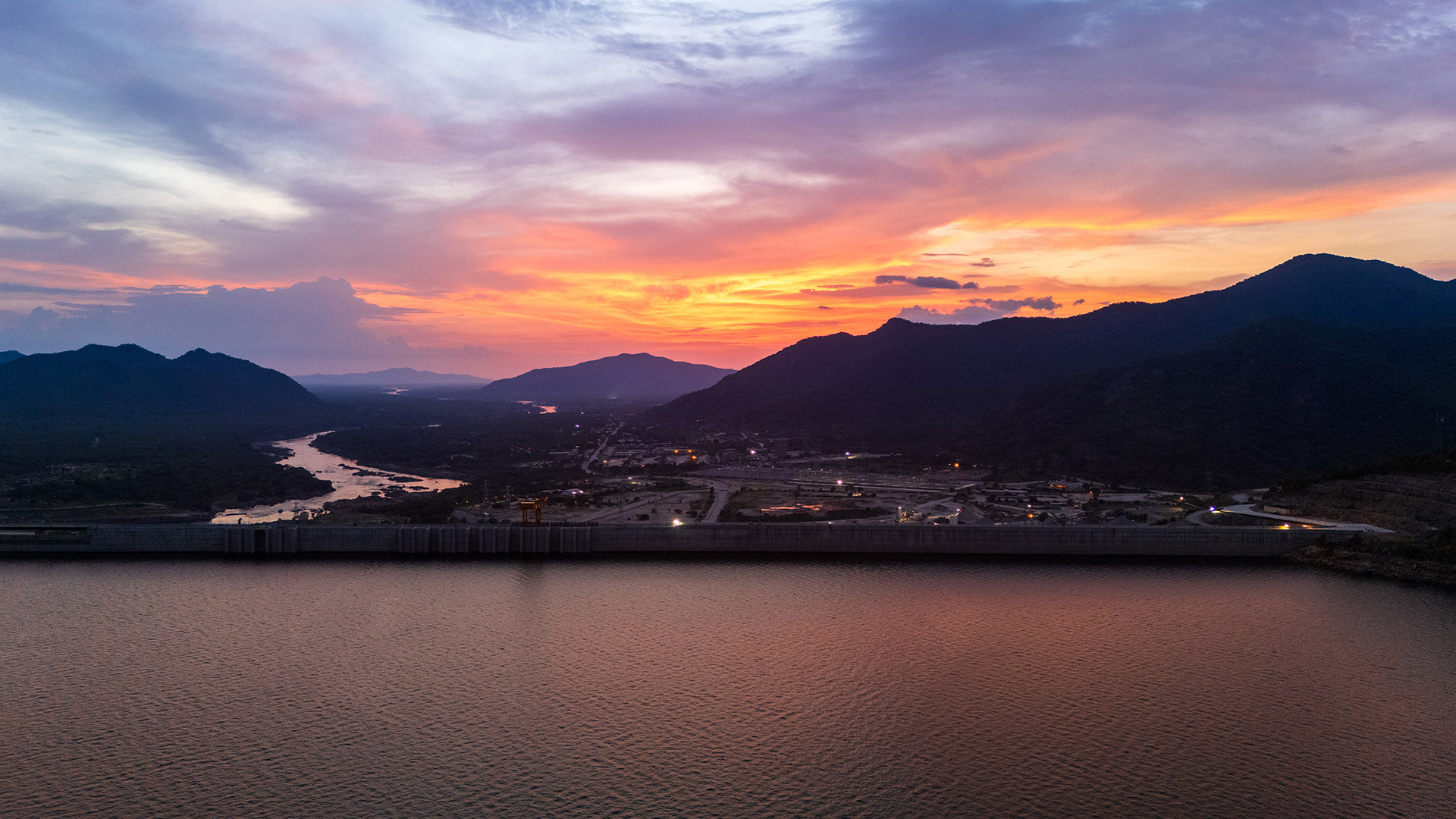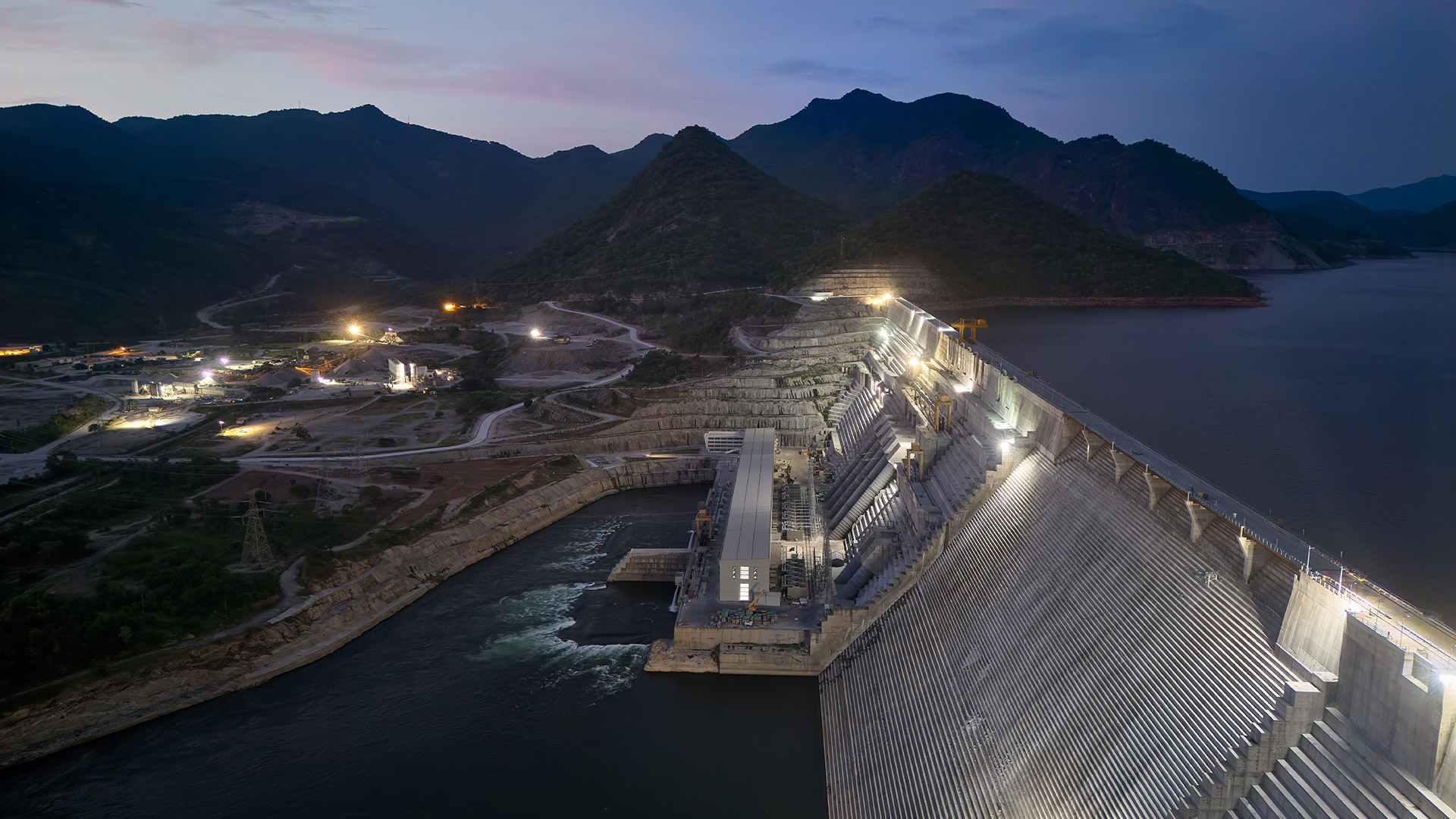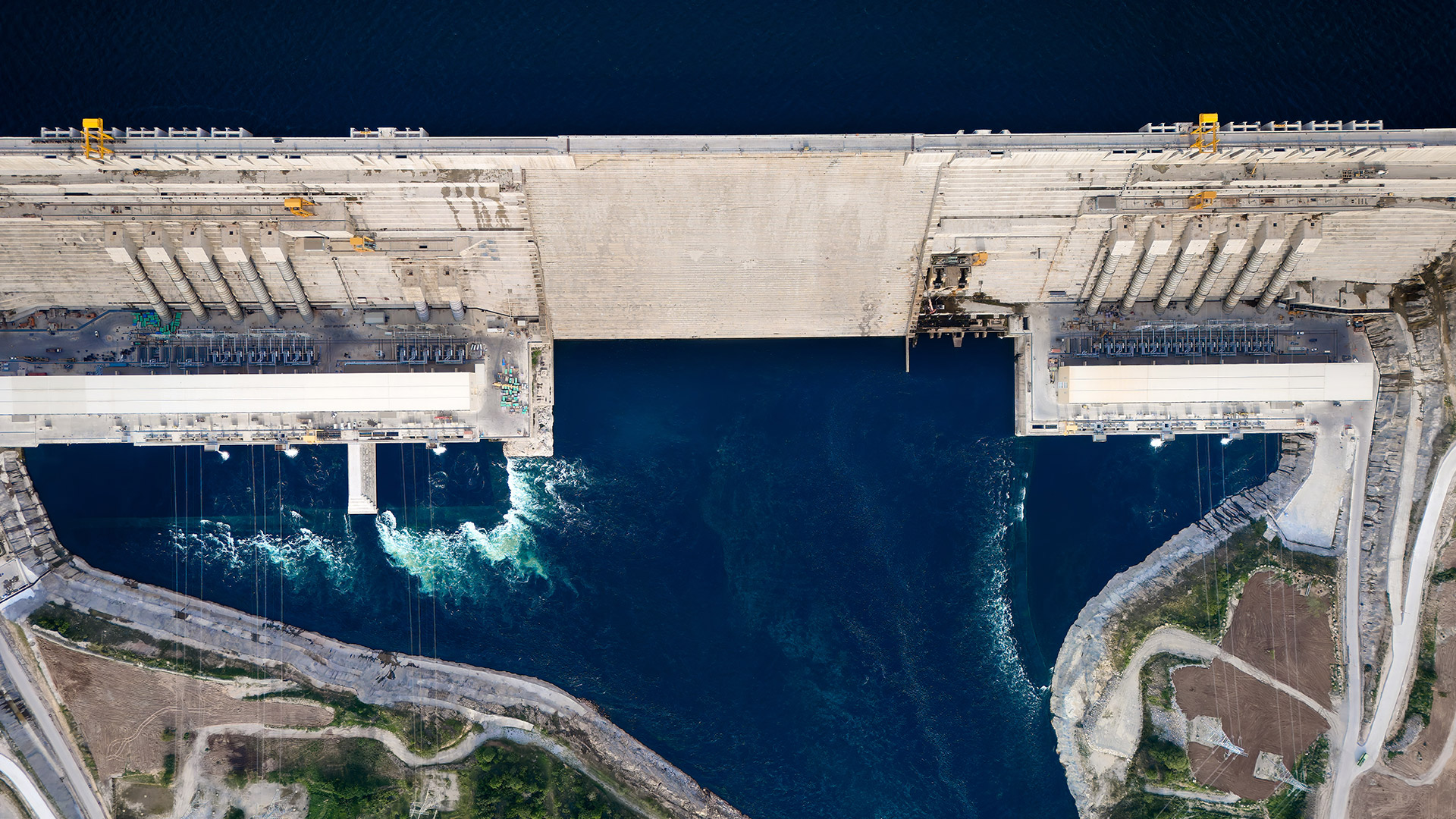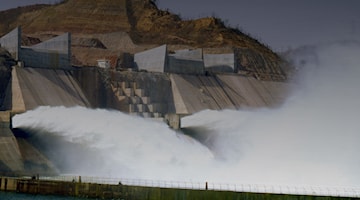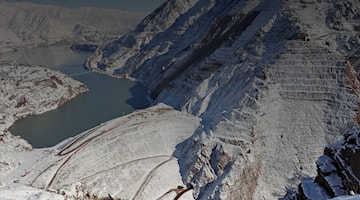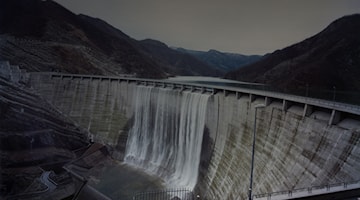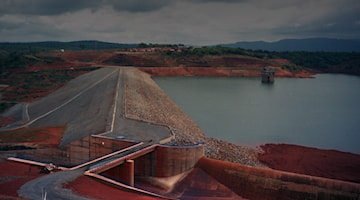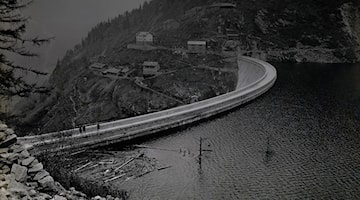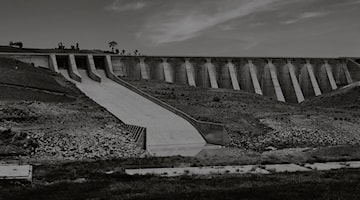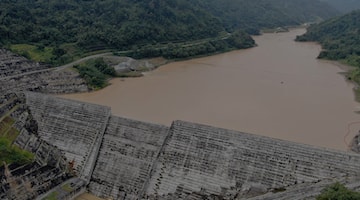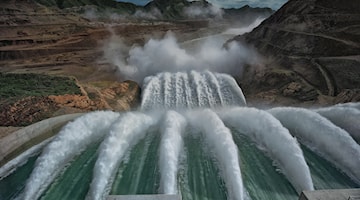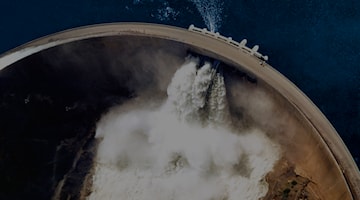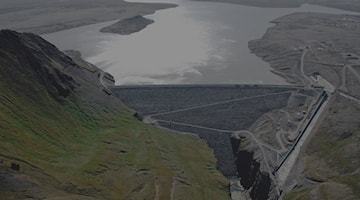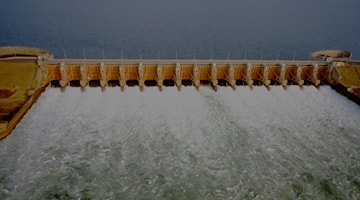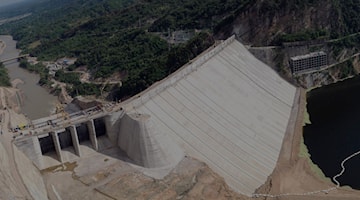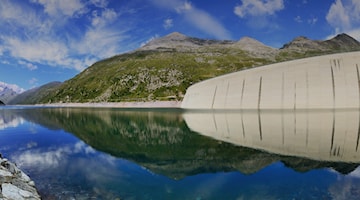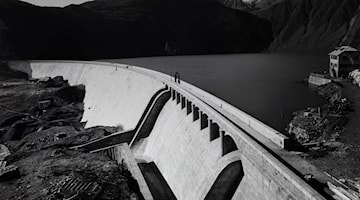Is there a renaissance for Ethiopia too?
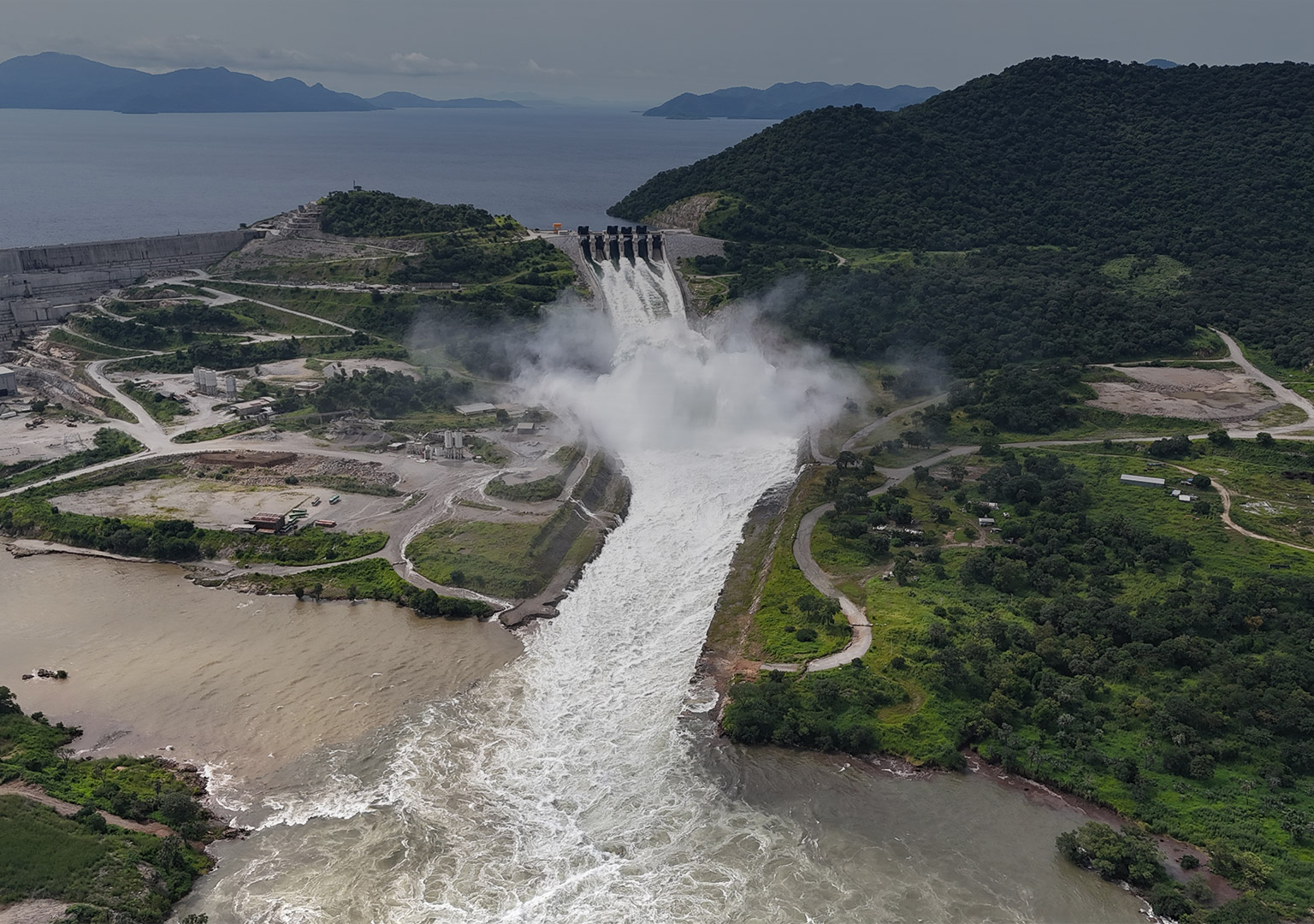
GRAND ETHIOPIAN RENAISSANCE DAM PROJECT (GERD), ETHIOPIA
Commissioned by Ethiopian Electric Power and officially inaugurated in September 2025, the Grand Ethiopian Renaissance Dam (GERD) stands as one of the continent’s most ambitious infrastructure projects. Harnessing the power of the Blue Nile, GERD delivers an installed capacity of 5,150 MW—comparable to three medium-sized nuclear plants. But its impact goes beyond energy: the dam is expected to cut national CO₂ emissions by 1.3 million tons per year, marking a significant step forward for Ethiopia’s energy transition and the region’s sustainable development.
Located about 700 km northwest of Ethiopia’s capital, Addis Ababa, and just 14 km from the border with Sudan in the Benishangul-Gumuz region, the Grand Ethiopian Renaissance Dam is Africa’s largest hydroelectric project. Once fully operational, it will double Ethiopia’s energy production—making a significant impact in the continent’s second most populous country—and open the door to electricity exports to Sudan, Djibouti, Tanzania, and Yemen.
The Grand Ethiopian Renaissance Dam project features a 170-meter-high main gravity dam built using roller-compacted concrete (RCC), flanked by two hydroelectric power stations at its base, and a 5-kilometer-long secondary rockfill dam with a concrete facing.
Ranked among the world’s ten largest dams, GERD main dam is set to transform Ethiopia—whose population is expected to exceed 140 million by 2030—into Africa’s leading producer of sustainable, clean, and renewable energy, accelerating the country’s modernization process.
The hydroelectric power stations are located on both the right and left banks of the river and are equipped with 13 Francis turbines, delivering an average annual output of 15,700 GWh. The project has created a reservoir that collects rainwater and river flows, channeling them towards the main dam. Each year, the average outflow is estimated at around 50 billion cubic meters of water.
Beyond its enormous energy potential, GERD has also become a powerful symbol of national identity—both political and cultural. Its construction was entirely funded by the Ethiopian government and people, making it a collective achievement. GERD stands as Ethiopia’s response to floods, droughts, rising temperatures, and the increasingly evident impacts of climate change that the country must face.
How did the idea for the Grand Ethiopian Renaissance Dam come about?
The origins of the project date back to the 1960s, but it remained on the drawing board for decades until 2010, when Webuild revived the plan and launched a series of in-depth studies. Construction soon got underway, and in February 2022, Ethiopian Prime Minister Abiy Ahmed Ali inaugurated the dam’s first turbine.
Over the years, the construction site has become a small city, equipped with three medical centers and numerous service facilities—including schools, canteens, recreational areas, a swimming pool, and sports fields. In total, the site has hosted 25,000 workers, with peaks of up to 10,000 people at the same time. More than 95% of the workforce came from Ethiopia, largely from nearby communities.
The healthcare system established for the project included a central hospital (20 beds, 6 ambulances, 71 healthcare professionals) and two satellite clinics, all operating 24/7. Thanks to these facilities, both workers and residents of nearby communities received free medical care, preventive services, and vaccination campaigns—over 4,200 vaccinations and 700,000 medical consultations were provided throughout the project. The entire healthcare infrastructure was later handed over to the Ethiopian Ministry of Health, ensuring continuity of service.
During the years of GERD’s construction, three canteens and a dedicated factory for the production of injera—the spongy, fermented bread typical of Ethiopian, Eritrean, and Somali cuisine—were also set up. The factory employed 84 people and produced an average of over 6,500 injera per day, with peaks exceeding 10,000 and up to 3 million injera per year.

THE WORK AND THE TECHNIQUE
METERS IN LENGTH MAIN DAM
METERS-HIGH MAIN DAM
MILLION M3 OF CONCRETE MAIN DAM
HYDROELECTRIC POWER STATIONS
FRANCIS TURBINES
MEGAWATTS OF INSTALLED CAPACITY
ESERVOIR SURFACE AREA
BILLION M³ VOLUME RESERVOIR
METERS IN LENGTH SECONDARY DAM
MILLION M3 OF ROCKFILL SECONDARY DAM
Ethiopian Electric Power (EEP)
Webuild Group
To built this major project, two large construction sites were established in a remote area where there were no roads. The first steps involved building a new road network, an airport to connect with the capital, a bridge to link the two banks of the Blue Nile, and a village with housing for 15,000 people.

Ok, but how is large the main dam?
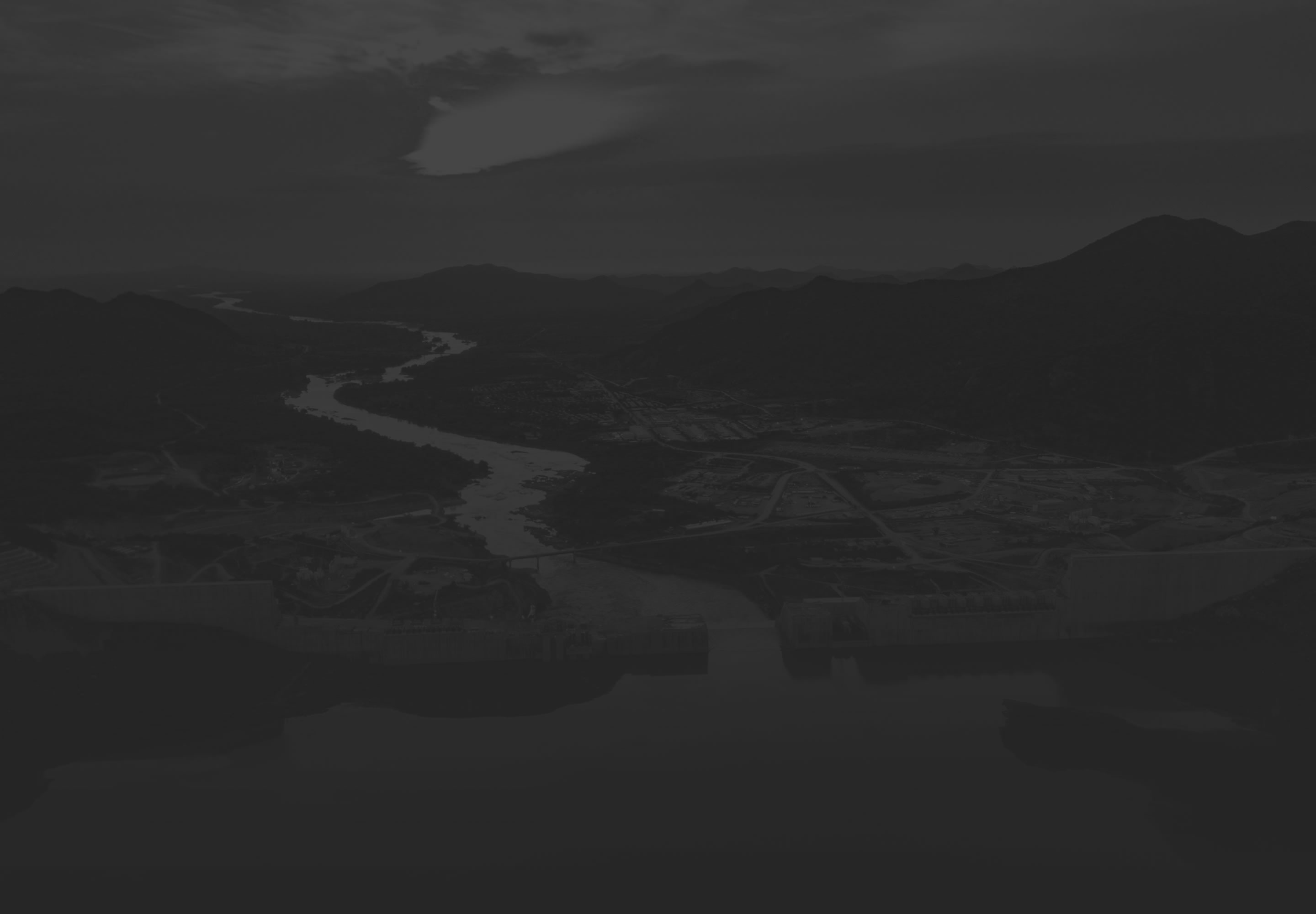
Infrastructure for a faster modernisation
Ethiopia recorded a significant reduction in poverty between 2011 and 2019, driven by a decrease in the percentage of people living in poverty and lacking access to education, drinking water, electricity, housing, and sanitation. However, following the Covid-19 pandemic, many indicators have reverted to their previous precarious conditions.
According to the World Bank, in 2023 only half of the population had access to safe drinking water networks, a figure that dropped to 42% in rural areas, with a nearly identical percentage (43.6%) having access to electricity.
GERD will enable Ethiopia to become Africa’s leading producer of sustainable, clean, and renewable energy, thus accelerating the modernization of a country that, in 2022, was still among the 20 poorest nations in the world: 38.6% of the population lives on less than $3 a day, and in 2023, 35.79% of GDP was generated by the agro-pastoral sector.
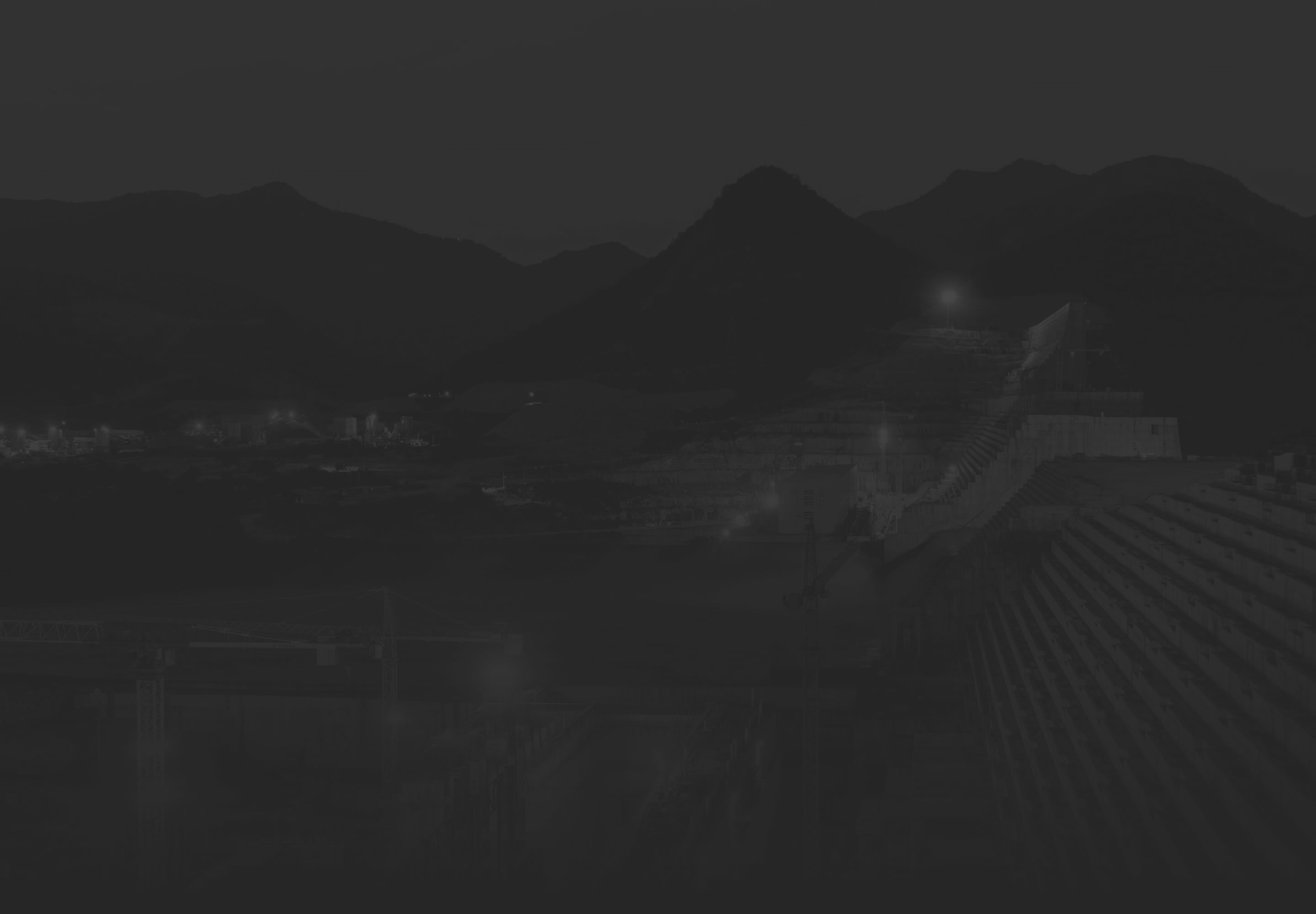
The giant leap of renewable energy
Ethiopia has abundant renewable energy resources and can potentially generate more than 60,000 megawatts from hydropower, wind, solar, and geothermal sources. In 2022, renewables covered 99.9% of the country’s electricity needs, with more than 96% coming from hydropower. These are significant figures, essential for meeting rapidly growing demand: primary energy supply in Africa grew at a compound annual growth rate (CAGR) of 2% per year over the fifteen-year period from 2007 to 2022, thanks to increased production of oil, natural gas, and biomass. Nevertheless, biofuels and waste remain the most widespread energy sources on the continent, providing over 40% of the required supply. In this context, the rapid development of renewables can accelerate the decarbonization process, allowing Africa to leapfrog the phase of dependence on fossil fuels and helping to address the chronic air pollution problems affecting the continent’s major cities.





